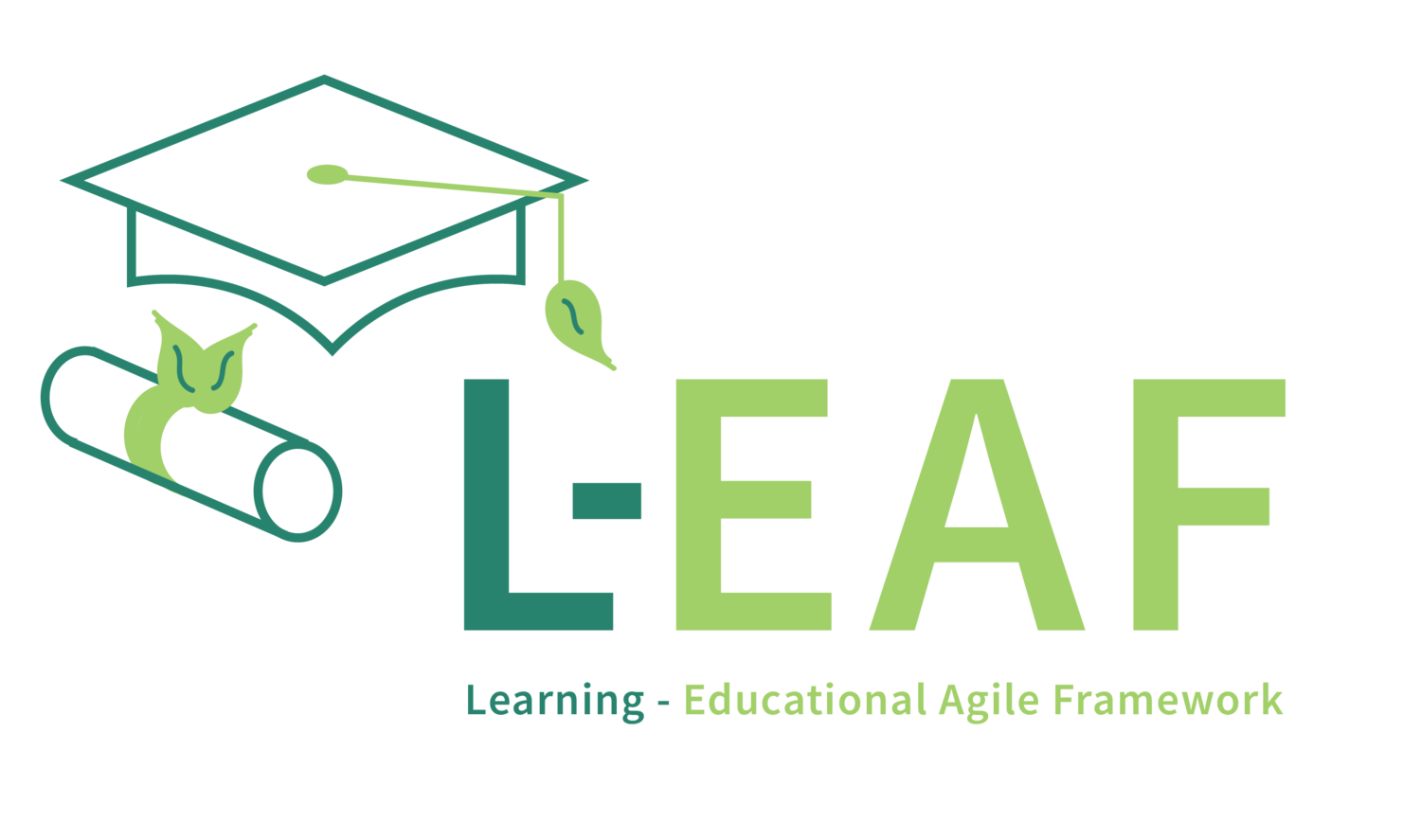Planning: Your Roadmap to Learning Success with LearningFLOW
Planning, the first of the team practices in LearningFLOW that we will examine, plays a crucial role in unlocking these benefits. Each Learning cycle begins with a collaborative planning session.
By collaboratively planning their learning journey, students develop a shared understanding of their goals, gain ownership of their learning, and build the skills necessary to achieve success.
What happens during a Planning session?
Reviewing pre-defined learning objectives in the backlog: Ensure clarity and alignment with curriculum standards and student needs.
Breaking down objectives into manageable learning activities: Create a clear structure with achievable milestones for student progress.
Collaboratively selecting activities for the current Learning Cycle: Prioritize activities based on student needs and interests, fostering ownership and engagement.
Benefits of Planning in LearningFLOW:
Enhanced organization and clarity: Creates a visual roadmap for both teachers and students, promoting focused and efficient learning.
Shared understanding and expectations: Enables open communication, ensuring everyone is on the same page with clear learning goals.
Flexibility and adaptability: Allows for adjustments as needed throughout the Learning Cycle in response to student progress and feedback.
Student agency and buy-in: Empowers students to participate in planning and decision-making, boosting responsibility and engagement.
Teachers and students meet in short intervals to Plan the learning goals that will be reached, by the end of the learning cycle - a period of 1 to 3 weeks with a preference for shorter learning cycles. Shorter learning cycles promote the development of both critical and systems thinking skills.
Students and teachers align on a clear set of measures, a rubric, by which the student’s work will be evaluated. By aligning on the measures up front, students are able to focus their efforts on the work at hand without the need for ad hoc positive reinforcement in their progress.
Stay tuned for upcoming blog posts exploring the remaining LearningFLOW practices: Refinement, Risk Management, Collaboration, Demonstration, and Retrospection. Discover how each practice contributes to creating a vibrant and successful learning environment where both teachers and students can thrive!
